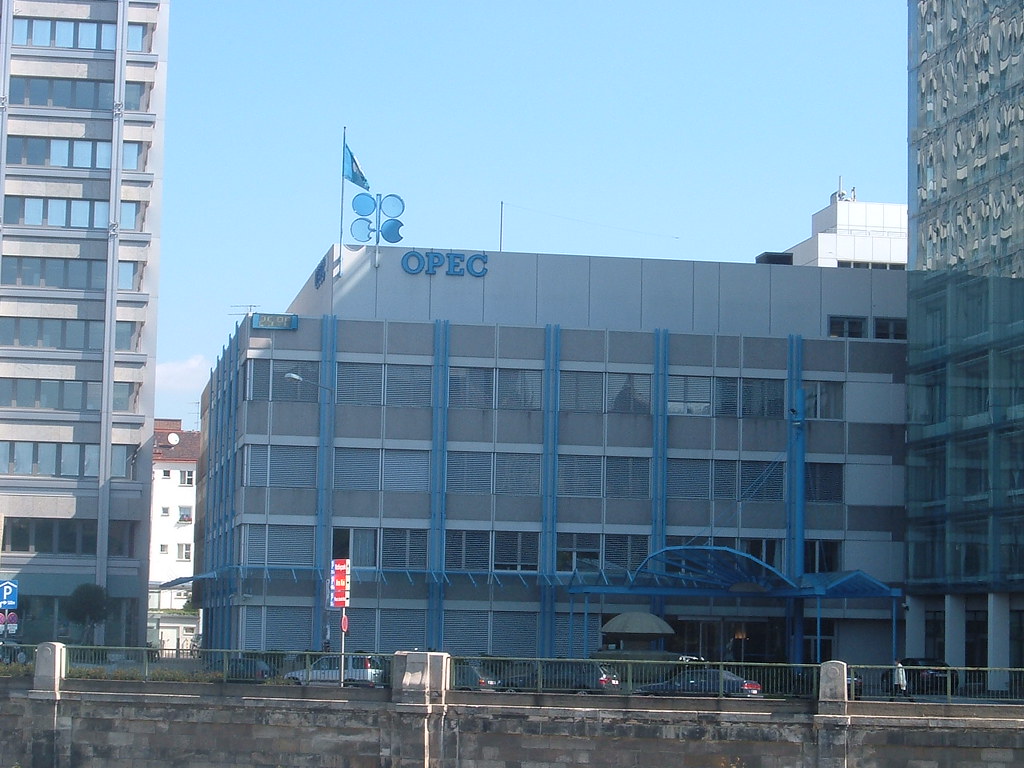
As Asia recovers, will green and social finance have real impact?
Evidence shows that green and social finance are associated with positive environmental and social outcomes and can contribute to a more sustainable world.
Green and social finance – investment capital specifically targeted toward positive environmental goals such as clean energy and social goals such as low-cost housing for the poor – has expanded rapidly in recent years.
Investing in businesses that are both profitable and beneficial to society are clearly becoming more popular but are they achieving the noble goals they espouse?
It is a difficult question to answer because there are inconsistent definitions across markets and a lack of common information disclosure and impact measurement methods. In addition, measuring the impact of sustainable finance is challenging, especially for social impacts that tend to be broad. This lack of credible information about impacts of such investments creates concerns about the potential overstatement of green and social impact, or “impact washing”.
Regulators and authorities are working to strengthen disclosure and impact measurement methods to address such concerns. At the same time, it is important to understand the extent to which green and social finance contribute to Sustainable Development Goals.https://flo.uri.sh/visualisation/6165954/embed?auto=1A Flourish chart
Tapping green finance serves as a credible signal of commitment to sustainable impact in the financial markets. Evidence from the global market shows that corporate green bond issuers achieve better environmental outcomes after they issue green bonds.
Our research found that Asian green bond issuers improved their environmental rating score on average, by 17% one year and 30% two years after green bond issuance. The environmental rating score is a measure of individual company’s environmental performance constructed by Thomson Reuters’ ASSET4 database.
Additional evidence shows that green finance reflects an overall awareness of the Sustainable Development Goals which goes beyond environmental issues to encompass social issues. For example, city level evidence indicates that green bond finance is associated with improved air quality and lower mortality rate. Countries witnessed lower CO2 emissions and narrowed gender gaps after they issued their first green bond.
Compared to environmental impacts, social impacts can be more varied and difficult to measure. Innovative funding mechanisms have emerged to attract capital for social programs.
One such instrument is impact bonds, which are not debt securities like green or social bonds. Rather, they are contracts structured as a partnership between investors, service providers, and outcome payers, typically public or private sector donors. In an impact bond arrangement, investors only earn a return when an independent evaluator verifies the achievement of social impact targets.
An example of a successful impact bond is the “Educate Girls” development impact bond, which aims to improve education for marginalized school-age girls in India.
Two common types of impact bonds are social impact bonds and development impact bonds. A classic social impact bond example involves investors providing the required up-front working capital and receiving a return only if the agreed outcome is achieved. A service provider will use the capital to start service delivery to address the targeted social issue.
The independent evaluator, an essential figure in such projects, ensures unbiased evaluation of the outcome. Depending on the evaluator’s final assessment, the commissioner or outcome payer decides whether to repay the investors—paying only if the agreed social outcome is achieved. The partnership is usually managed by an intermediary who supports all the involved parties and manages the partnership and the contract.
An example of a successful impact bond is the “Educate Girls” development impact bond, which aims to improve education for marginalized school-age girls in India. After three years of implementation, The impact bond helped enroll 768 out-of-school girls, representing 92% of all identified out-of-school schoolgirls eligible for enrolment, exceeding the agreed-upon enrolment target of 79%.
Moreover, students in program villages gained an additional 8,940 learning units relative to comparable students in non-program villages, exceeding the learning target of 5,592. An evaluation of the project indicated that 116% of the enrollment target and 160% of the learning target was achieved in the final year. As a result, the investor was entitled to repayment of the initial investment plus a 15% return.
To sum up, evidence shows that green and social finance are associated with positive environmental and social outcomes. Therefore, sustainable finance may already be contributing to a more sustainable world.
This blog post is based on research conducted for the Asian Development Outlook (ADO) 2021: Financing a Green and Inclusive Recovery.

















